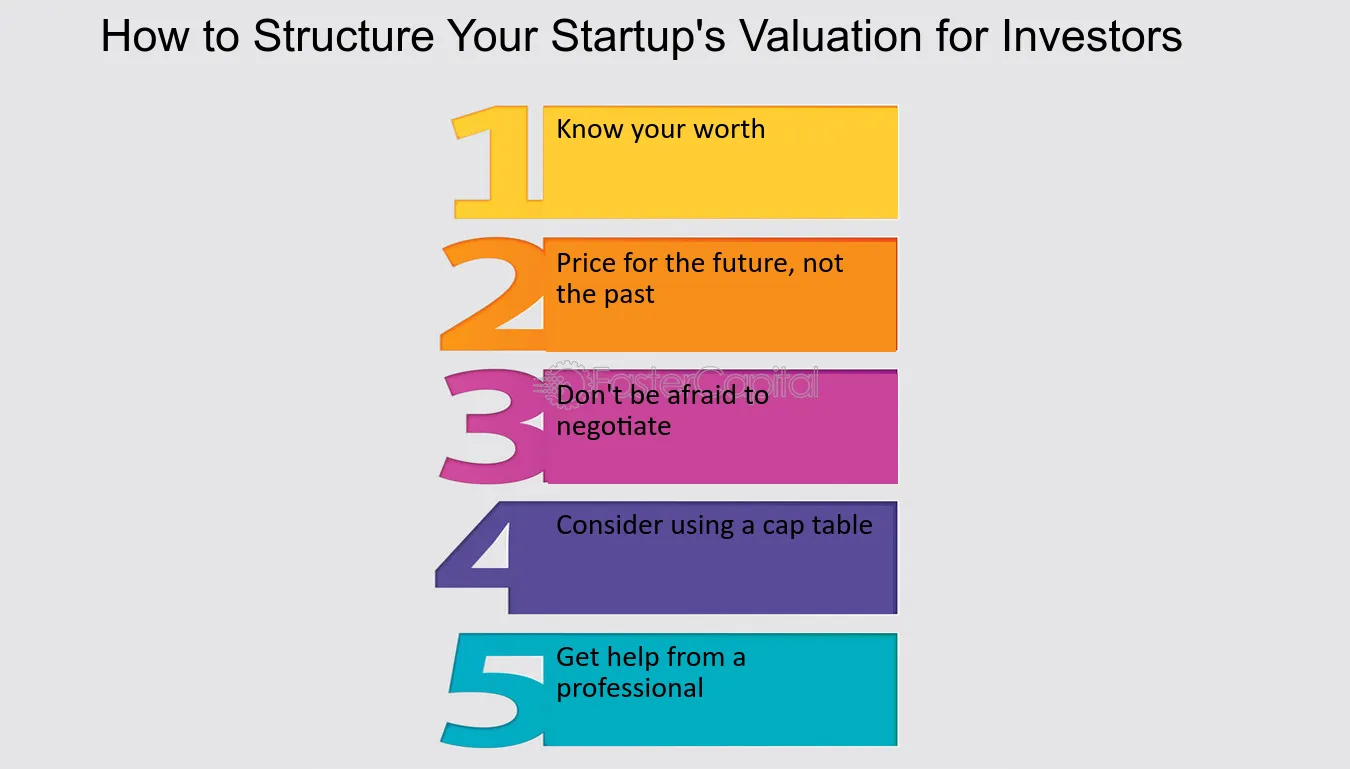How to structure your startup for investment – StartupSmart

Over the coming weeks the team at LegalVision will be writing a series of articles for StartupSmart on legals for startups. In this first article, LegalVision’s CEO, Lachlan McKnight, explains how to structure your startup for investment.
Most Australian startups will never raise a first round of funding. The recent Startup Muster survey puts the number at just 14%. For those startups that do raise a seed round, the chances of securing VC funding at Series A is even lower. Nevertheless, it’s important to understand what potential Angel and VC investors will want to see from a legal standpoint before investing. This article will set out some of those requirements.
Incorporate!
You’re not going to raise money unless you’re running your business through a limited liability company structure. Better yet, set up a holding company/operating company structure. Investors will invest in the holding company, which will own 100% of the operating company. This structure can protect the assets of the business from risk of seizure, should the operating company be sued.
A small number of more experienced Australian founders are now setting up their company structure in the US, even if they’re running the business from Sydney or Melbourne. If you’re looking to secure investment over in the US, this approach can make a lot of sense. That being said, it’s definitely only worth doing if that’s your goal.
Founder vesting – sensible for founders and investors
The reality is that a startup isn’t worth much, particularly in the early days, if the founders leave. It makes no sense at all to issue yourselves with equity that doesn’t vest over at least a couple of years, and investors know this. The standard startup-founder vesting structure is a four-year vesting schedule with a one-year cliff, meaning you get nothing if you leave before you’ve been working in the startup for at least a year, and you earn the rest of your equity over the four years.
Many VC investors will require founders to “revest” upon investment. This means that even if you’ve been working on your startup for a couple of years before securing funding, you’ll have to work for another four years to get all of your shares.
Founder vesting obviously make sense for investors; they don’t want you ditching the startup two months in, but it also makes sense for founders. If your co-founder leaves the business with his 25% stake fully vested, the business is pretty much guaranteed to fail. You’re either going to end up working away building up the value of his shares while he chills out on the beach, or you’ll end up quitting too. Vesting means he’ll leave with a smaller amount of shares, which is much more manageable.
Preference shares
VC investors will often only invest through preference shares. The basic idea behind a preference share structure is that it gives investors a liquidation preference in the event of a sale. Preference shares are a way of ensuring that investors get repaid their initial investment before founders and employees get anything.
Obviously if you can avoid issuing preference shares, and simply issue ordinary shares, that’s great for you and your cofounders.
Employment contracts
No one ever bothers putting together an employment contract when they first launch their business. Why would you? You’re probably not even paying yourself!
If you’re looking to raise a round, you need to sort out your employment contracts for a couple of reasons. First of all, investors will want to know you’re not just pocketing their hard earned cash; they’ll want you to set out a small salary etc. Most importantly, though, they’ll want to ensure that you’re entering into a non-compete with the company. If you don’t get on with your investors, they don’t want you quitting and setting up a competitor business the next day.
To conclude
Investors are a diverse bunch, so they’re not all going to be looking for the exact same structure before investing. If you’ve got a great team on board and you have significant traction, you might be in a position where you can dictate terms. Unfortunately that’s not very common! It makes sense to structure things professionally and to be pragmatic about what you’re going to offer investors. It might just help you end up as one of the 14% of Australian startups who raise a round!
Lachlan McKnight is the CEO of LegalVision, an online law firm which provides legal advice and documentation to Australian businesses.
Image credit: Flickr/jakecaptive
Follow StartupSmart on Facebook, Twitter, and LinkedIn.

